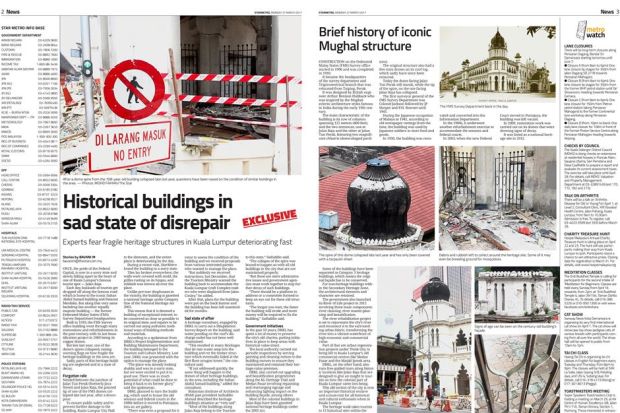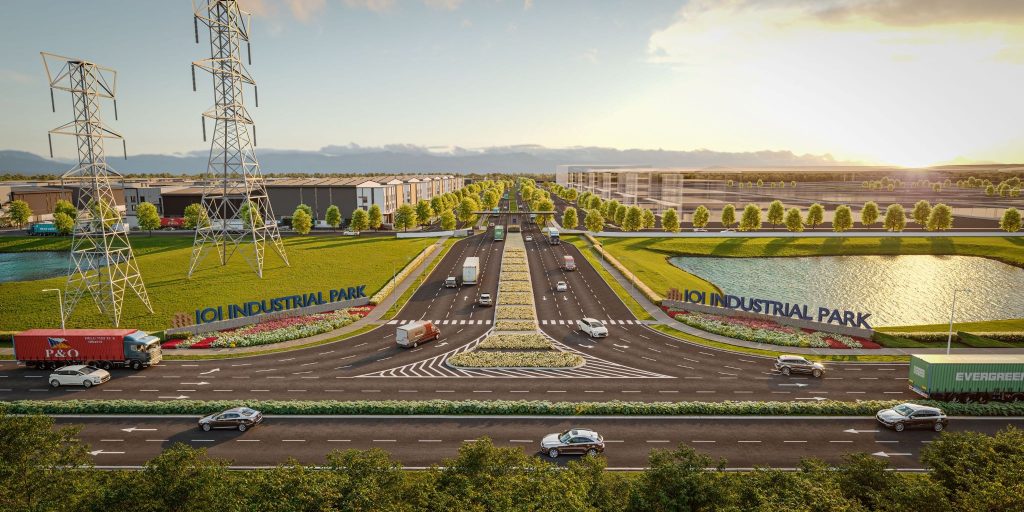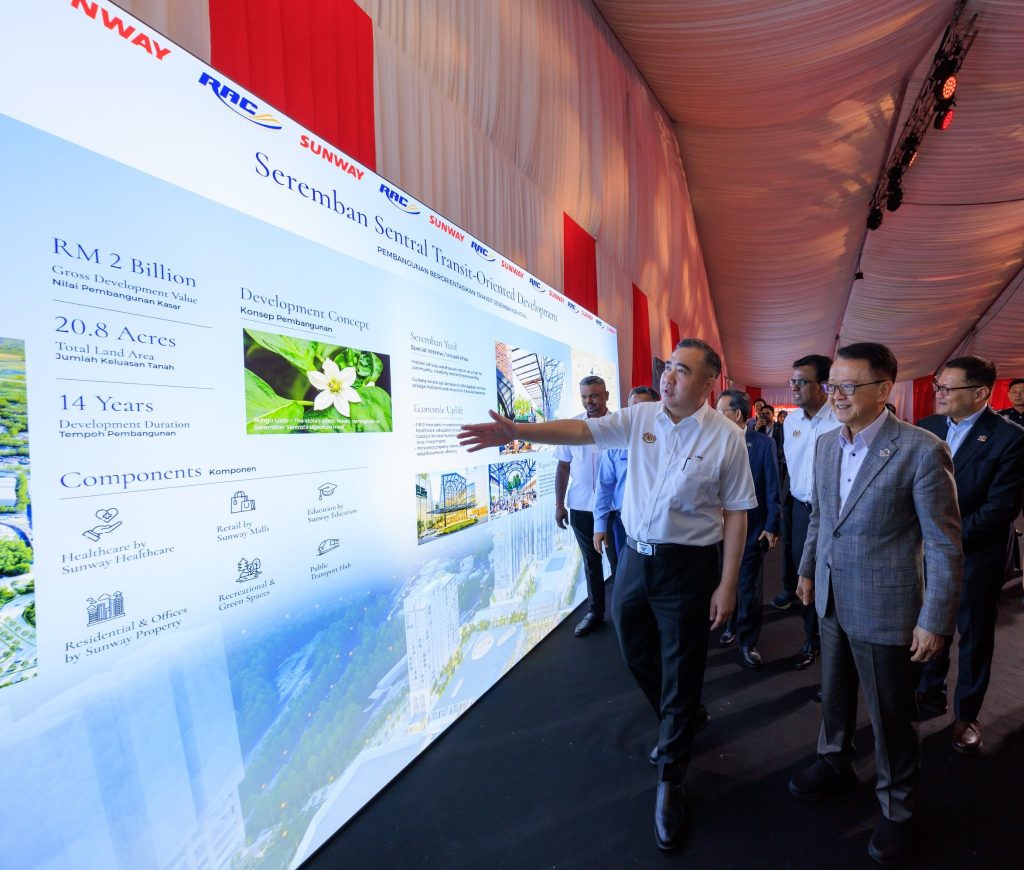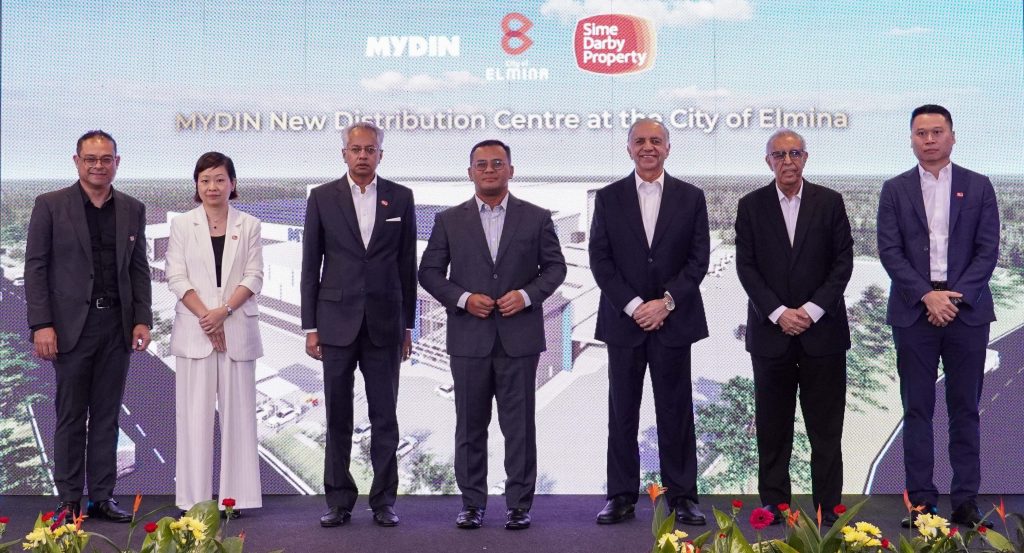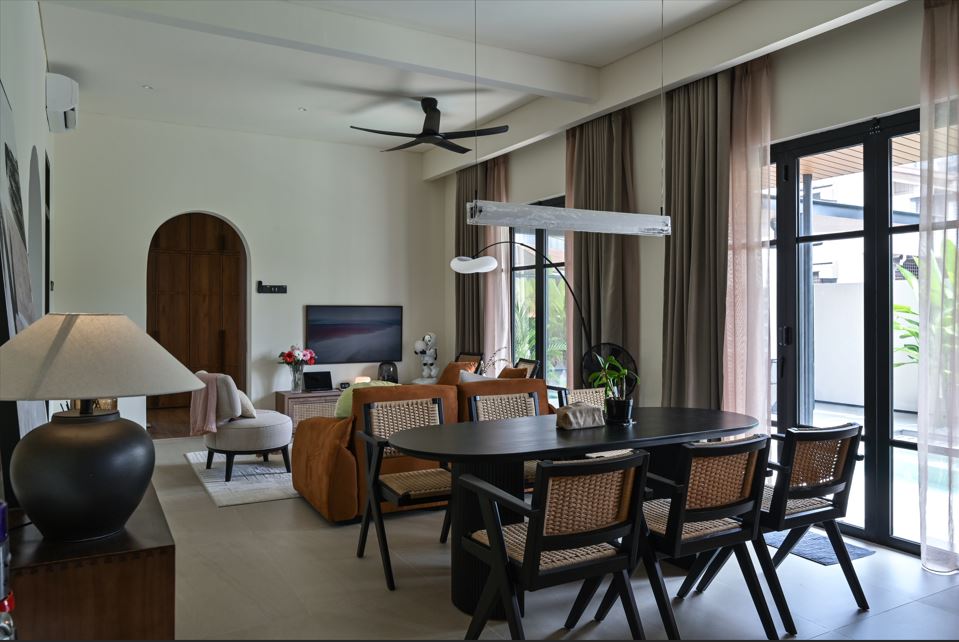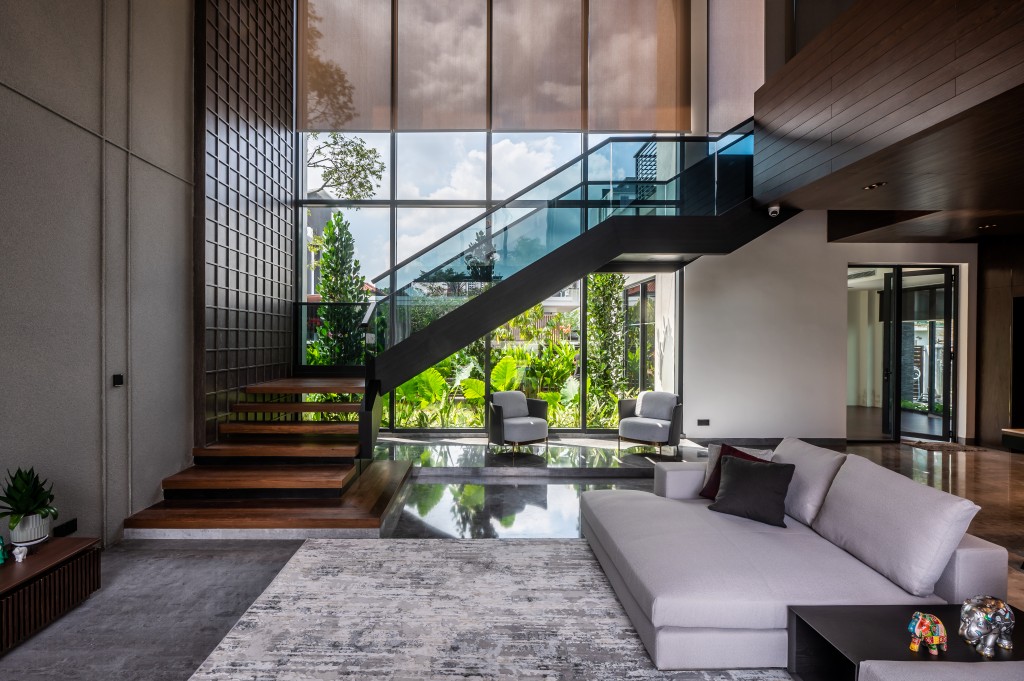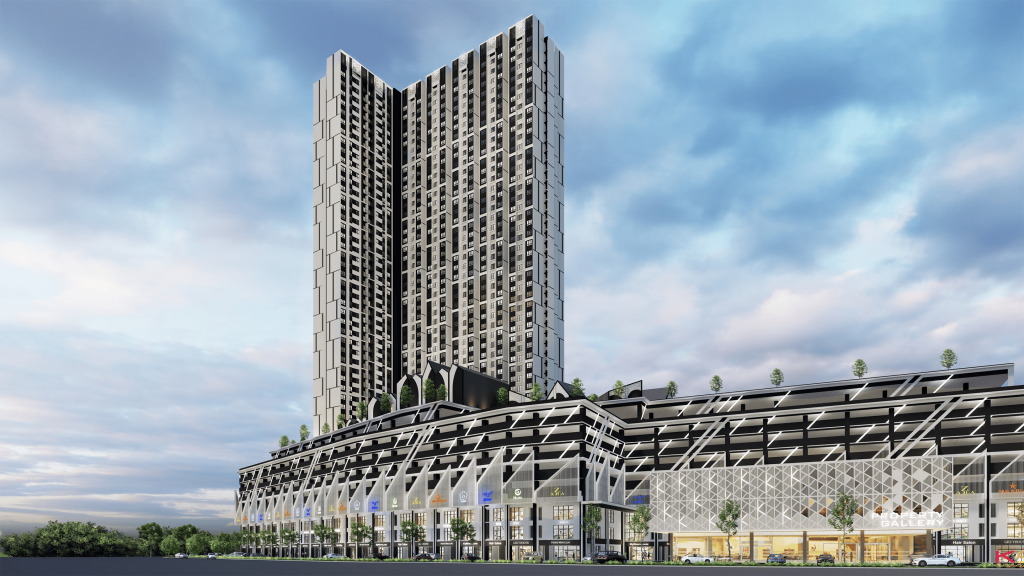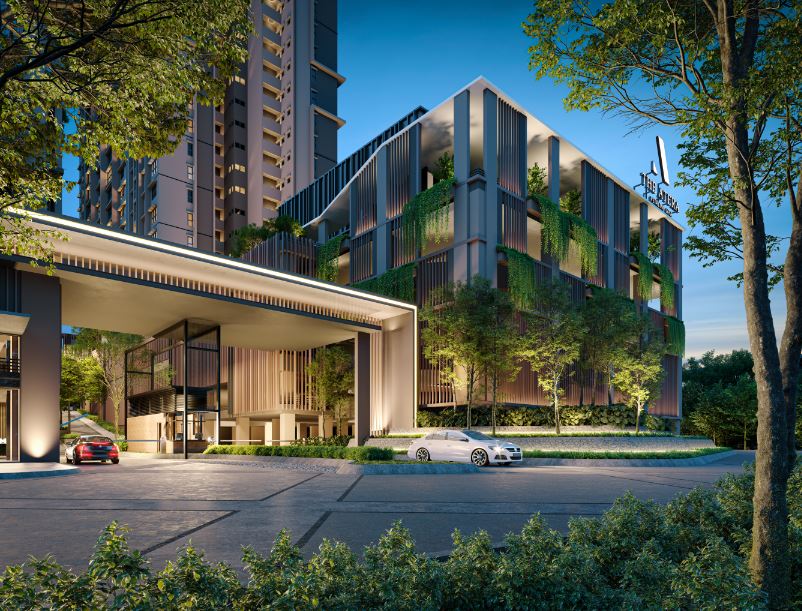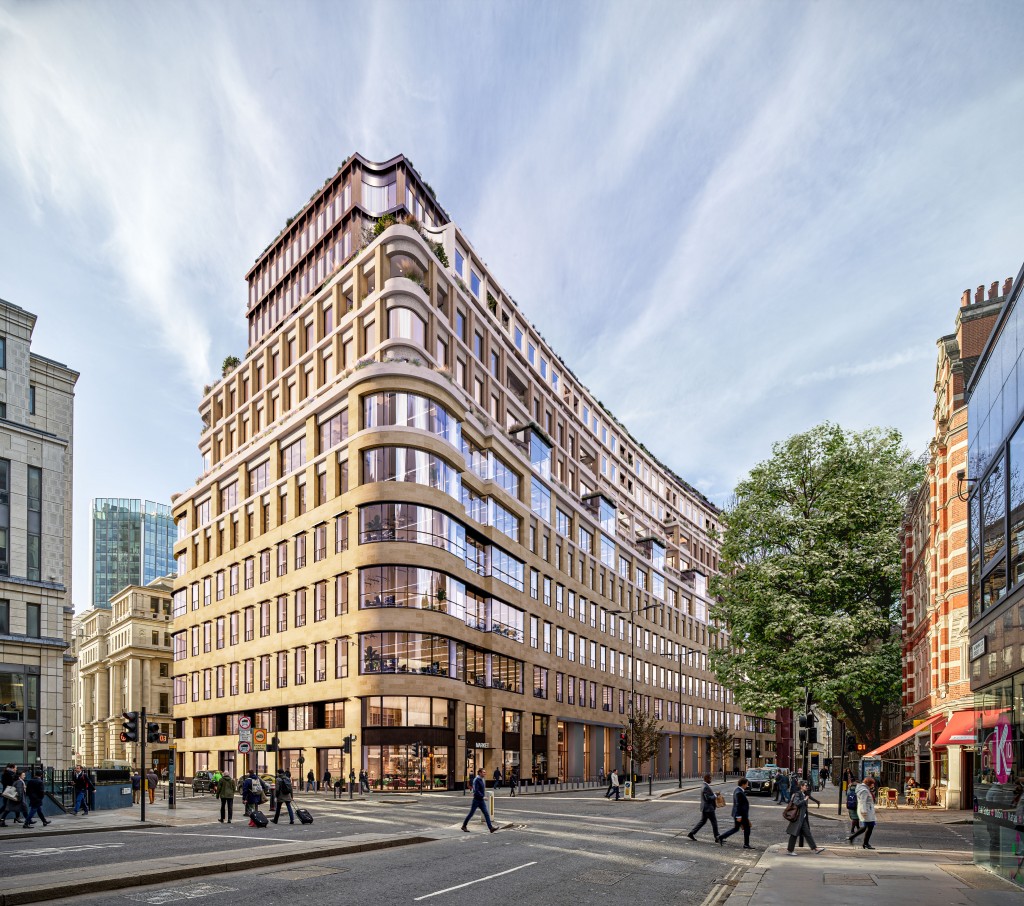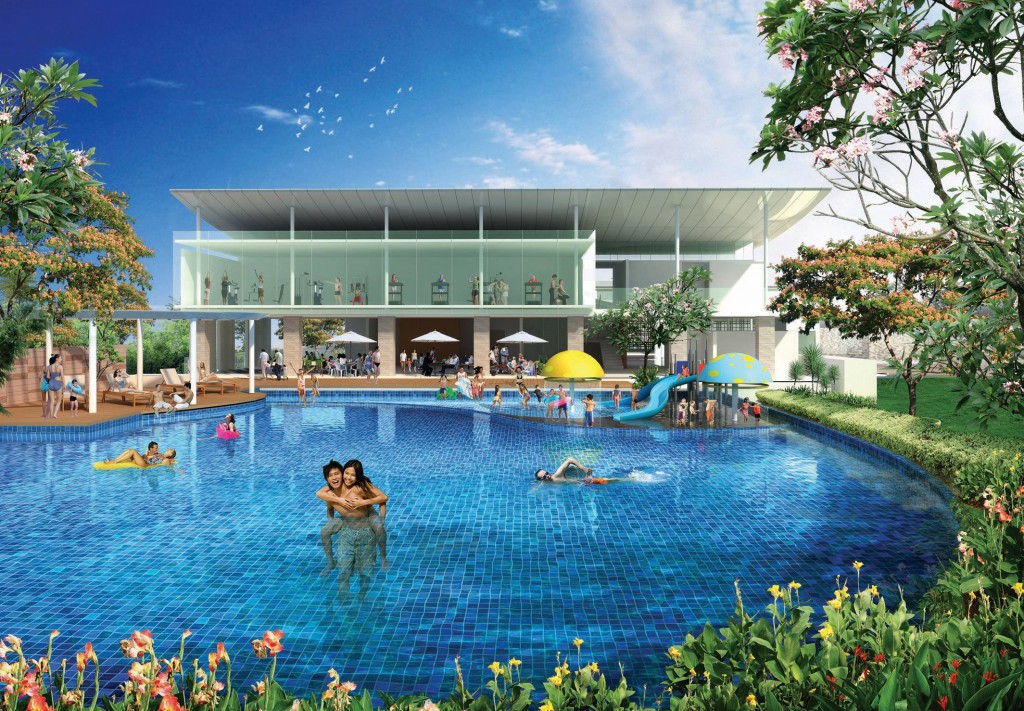BROKEN tiles, cracking bricks, flaking paint and bubbling surfaces, mould, mildew and fungus, rusting exposed steel bars and foliage creeping out of roof tops are some of the indicators that the heritage buildings located at the National Heritage Zone in Dataran Merdeka are in trouble.
In a two-hour walkabout with Pertubuhan Akitek Malaysia (PAM)’s council member and Heritage and Conservation Committee co-chairman, Steven Thang Boon Ann, these signs of decay on the buildings were pointed out to StarMetro.
In some places, the floors and ceiling were stained and covered in fungus.
Pipes were rusty and corroded and the ceiling looked like it was on the verge of collapse.
Small plants were spotted growing on the building walls and roof tops and this, Thang explained, was not good as it could retain moisture and contribute to the damage particularly to the roof.
On the outside, the structures looked majestic and impressive, but to an expert like Thang, the buildings are in a sorry state.
We started our walk at the National Textile Museum, it was built in 1905, and was formerly the Federated Malay States Railway Station and Selangor Works Department.
Although the museum only opened a few years ago, the red brick of the main facade are flaking and breaking away, showing early signs of decay.
The old General Post Office located next to the Sultan Abdul Samad Building (SAS) is eroding slowly, with cement and bricks breaking away.
The former supreme court building which is ironically the KL Tourism Bureau office and the National Heritage Department now is not looking too good either.
Mould and mildew precipitated by moisture can be seen in various parts of the building and in some parts it is pretty extensive.
According to Thang, the initial work to prevent further deterioration is to plug all leaks by repairing roofs and drainage within and outside of the building.
“Repairing other damaged walls and floors will come after that.
“The estimated budget or the initial work will require at least RM10mil to RM15mil and the second stage will costs about the same amount.
“Cost for any preliminary elements for any conservation work is very high versus conventional construction,” added Thang.


